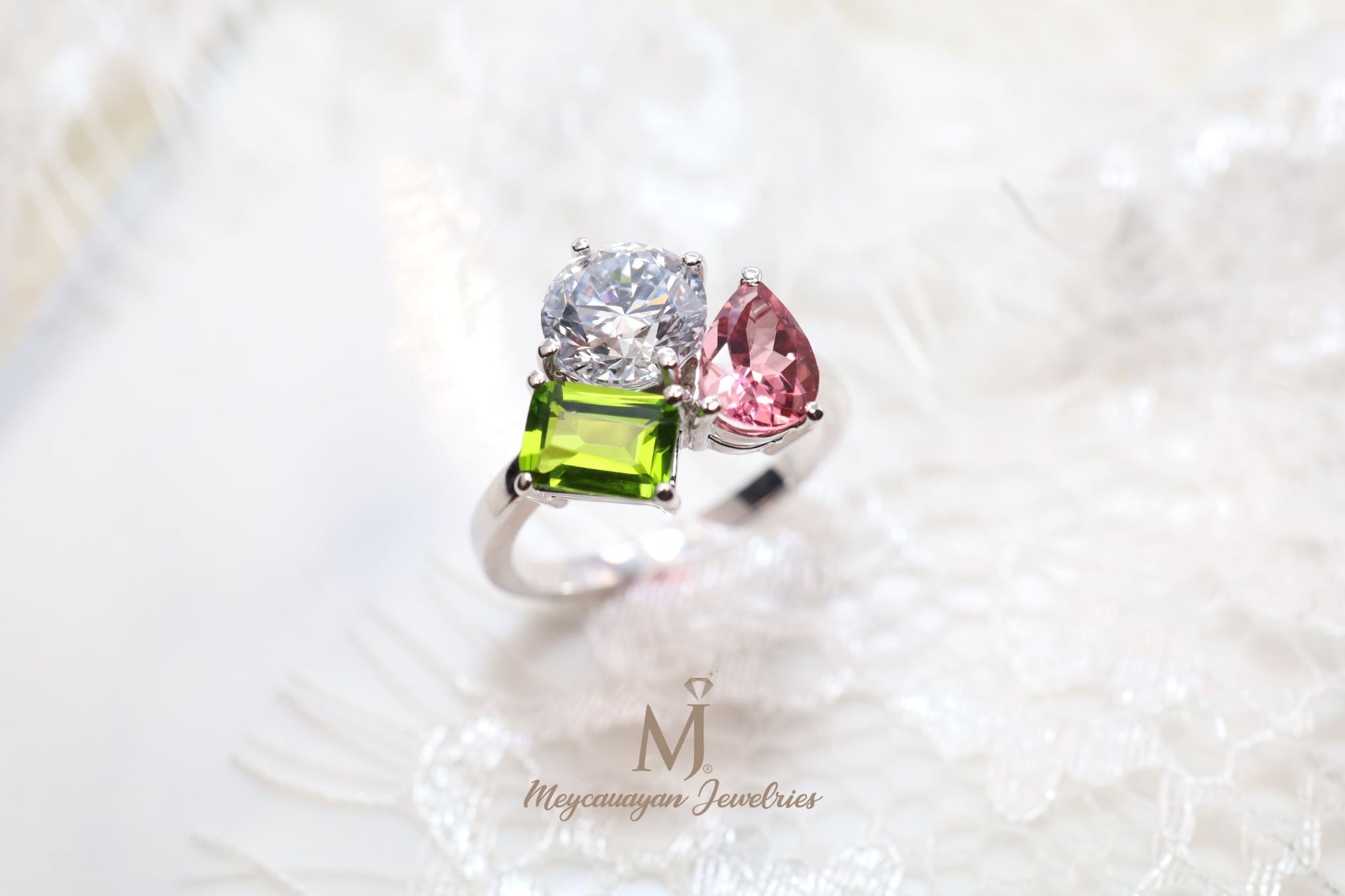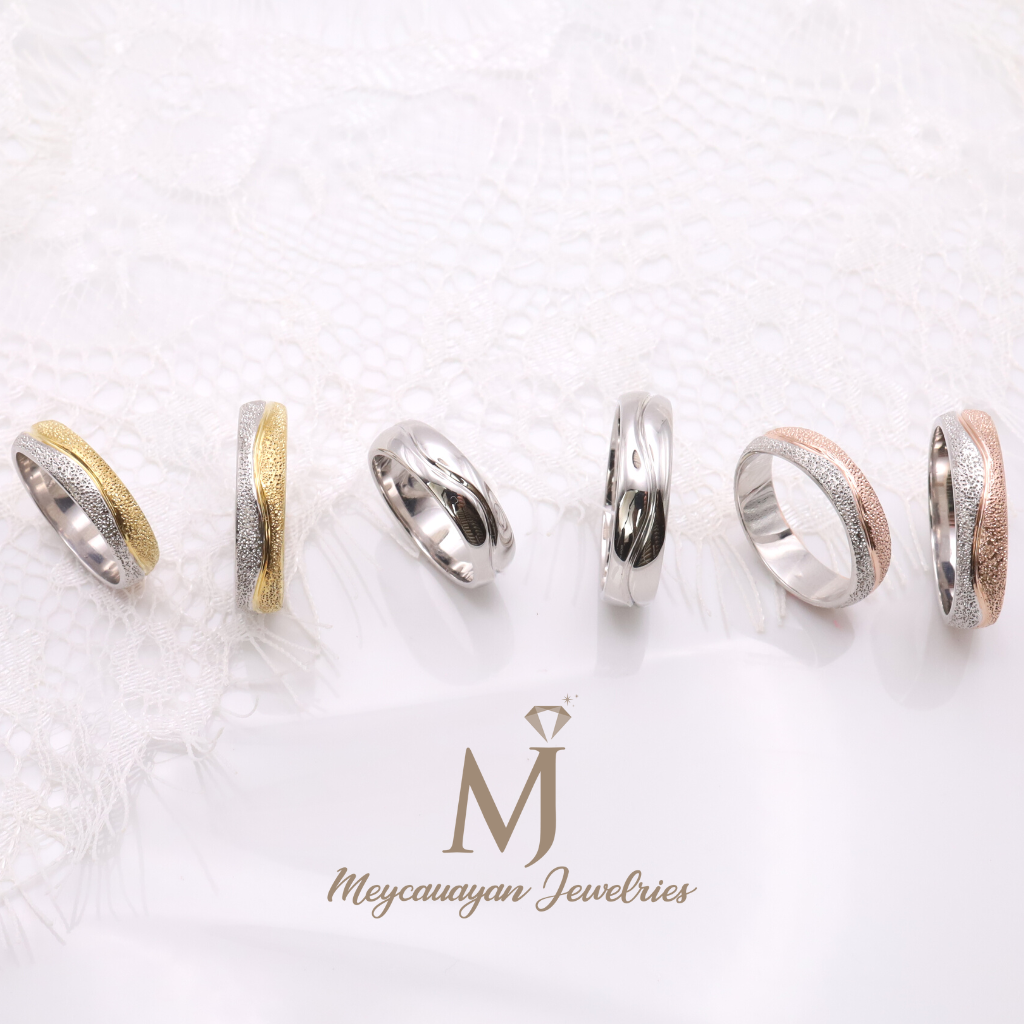The attention to lab grown diamonds for the past decades garners enormous amounts of continued efforts. As such, concern and interest rises among gemologists and gemological labs if it is within the realm of possibility to identify between these precious gemstones.
Note that laboratory grown diamonds match the properties of natural diamonds excavated from the depths of the earth. This makes it even more challenging for trained gemologists to recognize and identify which is a lab grown diamond—that’s how very close their properties are from one another.
Mid-1950s when scientists first grow diamonds in a laboratory albeit too small for jewelry. It was then in the mid-1990s (to date) when larger and gem-quality crystals were produced. These gem-quality synthetic diamonds are meticulously set in controlled environments. Let’s dig deeper into two of the various methods these gemstones go through: HPHT and CVD.
What is HPHT? This is the traditional diamond growth method: high pressure, high temperature. Synthetic diamonds are subject to carbon material in apparatuses which replicate the high pressure and high temperature environments of natural diamonds hundreds of miles below the earth’s surface. The diamond growth process includes placement of diamond seed in a specifically designed press. The growth chamber is heated to 1300-1600°C with pressures above 870,000 pounds per square inch. The liquefied metal then dissolves the high purity of carbon. After which carbon atoms precipitate on a small diamond seed crystal. Finally, a synthetic diamond begins to grow.
Natural diamonds usually form octahedrons (a polyhedron with eight faces, 12 edges, and six vertices) while HPHT synthetic diamond crystals form cubic faces in addition to octahedral ones.
What is CVD? On the one hand, the newer method is chemical vapor deposition. This growth process involves a natural diamond seed which is then placed in a diamond growth chamber filled with carbon-containing gas (hydro-carbon gas mixture) heated within 900-1200°C. This is opposite to HPHT as it uses lower temperatures and pressures. These two methods are the most popular in the industry. In comparison to HPHT, CVD diamond growth entails lower equipment cost. However, it may require succeeding treatments to improve the color of diamonds grown.
The Gemological Institute of America or GIA sets these two prominent gem-quality synthetic diamonds apart through a list of visual features distinct to characteristics of the majority. 
It’s important to note that not every faceted synthetic diamond will exhibit all of these features. This is why various testing and diagnostic features are used in identifying a diamond.
To secure the identity of your diamond, purchase only diamonds with GIA Diamond Grading Report. Visit Meycauayan Jewelries now and say yes to lab grown diamonds—GIA certified engagement and wedding rings!



